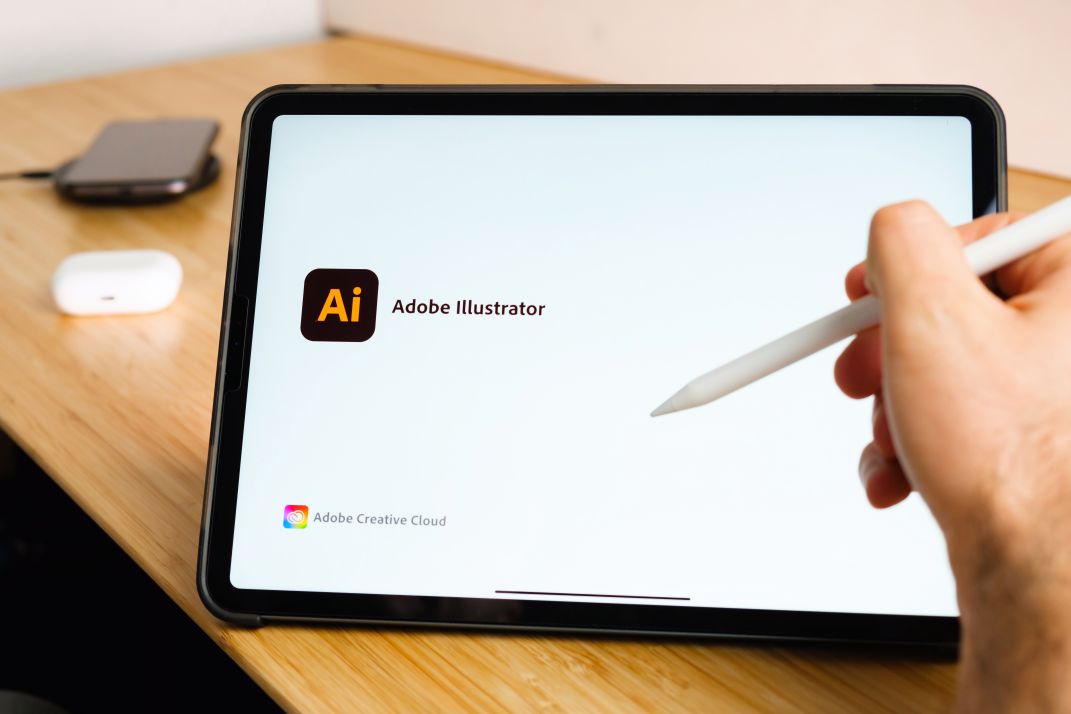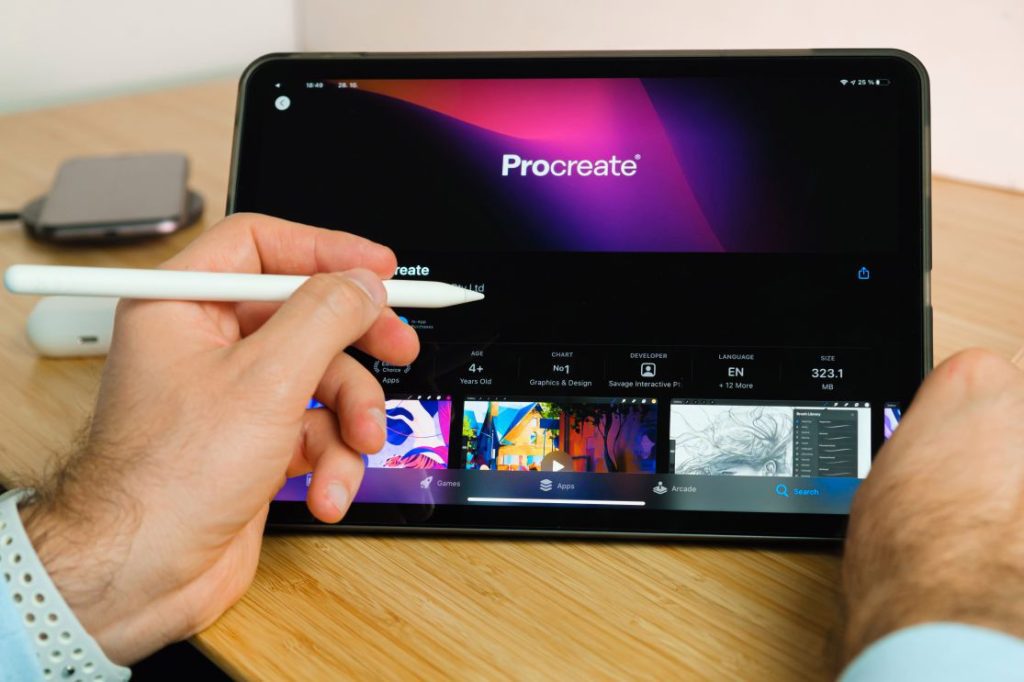Do you enjoy using Canva, but will be going a while without an internet connection?
Part of Canva’s appeal is that it’s entirely web based, and you don’t need to install any software in order to use it. But is it possible to use Canva offline, without any sort of internet connection?
In this article, I’ll answer that question, and share some additional design software you may wish to try out as well.
Let’s get to it!
Can You Use Canva Offline?

No, Canva is not able to be used online. It requires a constant internet connection in order to download elements, and automatically save changes to the designs that you’ve made.
Therefore, if you aren’t connected to the internet, you will be unable to use it.
It should be noted that all of the elements and templates you see within Canva aren’t actually being downloaded until you go to use them. While you can view previews of them at all times, it’s not until you drag it into your design that it’s actually being stored.
Otherwise, using Canva would take up a lot of data, because you’d have to download everything in advance!
So, Canva can’t be used without a connection to the internet. That being said, there are several great alternatives to Canva that can be used offline, and some of them are free as well!
Top Offline Alternatives To Canva
Let’s look over some popular alternatives to Canva.
Each one of these suggestions will cover a different use case, so you can decide which one is right for you.
1. GIMP

GIMP stands for GNU Image Manipulation Program, and is the world’s most popular alternative to Adobe Photoshop.
It contains many of the same features and is far more powerful than Canva in terms of its capabilities. Best of all, it’s completely free!
So, if you’re using Canva to make banners, web graphics or photos, GIMP is a fantastic choice to use.
You can visit GIMP’s website and download the software by clicking here.
2. Adobe Illustrator

Next, we have Adobe Illustrator.
Although this will require a subscription to Adobe’s products, this is probably the best software available if you’re looking to create vector artwork.
For example, logos or products for print, that may need to be enlarged to enormous sizes without losing their fidelity, or appearing blurry.
Canva isn’t really that great for vector artwork anyway, so it’s worth downloading Adobe Illustrator if vector artwork will be a large amount of your graphic design work in general.
Plus, with an Adobe Creative Cloud subscription, you also gain access to all of Adobe’s other programs as well, including Photoshop and Lightroom.
For a creator, it’s a pretty important part of your toolkit!
Despite what the name suggest however, it actually isn’t my recommended software for illustration – for that, continue reading!
3. Procreate

Lastly, we have Procreate.
If you’re an illustrator or you want to draw your art by hand, it doesn’t get much better than Procreate (unless you want to spend thousands of dollars on fancy Wacom tablets.)
Procreate is an iPad app, and most artists draw with it using the Apple Pencil.
It is surprisingly powerful for being available on an iPad, and many professional artists are switching over to Procreate for the majority of their work.
It offers many of the same features that Photoshop provides, while being much more powerful and easier to work with. The feeling of drawing with the Apple Pencil is incredibly natural, making it incredibly useful for beginner and professional artists alike.
While Canva does now allow you to draw with it, its drawing capabilities are barebones at best.
This makes Procreate a much better choice for digital illustration!
Conclusion
Unfortunately, Canva can’t be used offline in any capacity.
However, there are several alternatives to Canva that can be used offline, and are even more powerful than the features Canva offers anyway.
I hope that you’ve found this article to be helpful. If you have any other questions about Canva – or any of the other software mentioned, please ask them using the comment form below.
Wishing you the best,
– James McAllister
